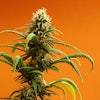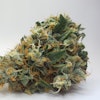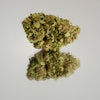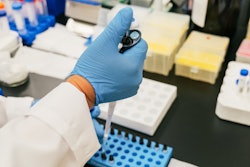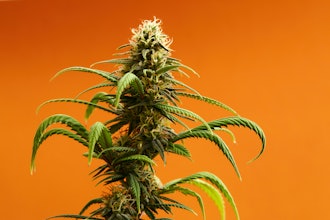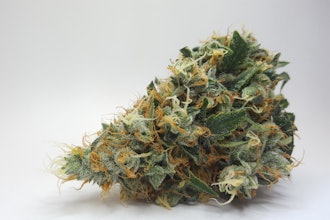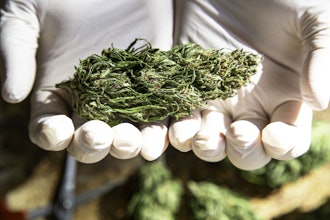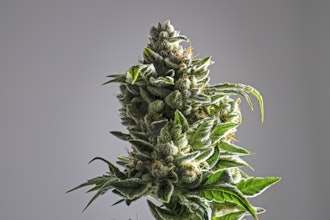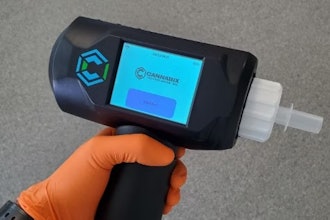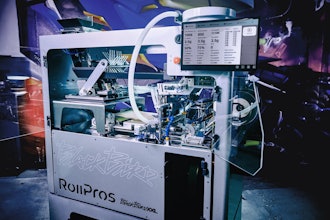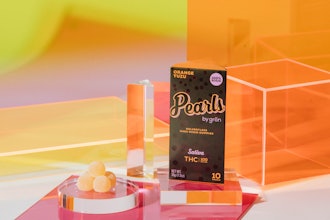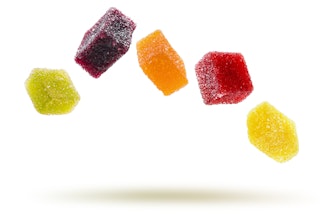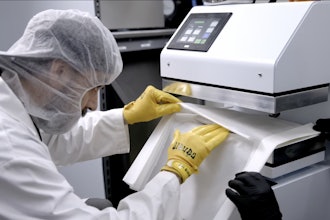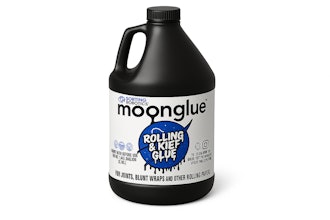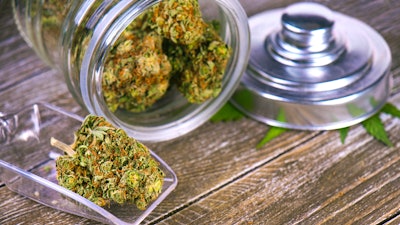
Legal cannabis products in the U.S. are required to report THC potency on packaging. Some consumers and operators have raised concerns over the accuracy of reported THC potency values.
THC potency is a primary factor when pricing cannabis flower, so it plays a larger role in the marketplace. The pricing pressures have led to reports of inflated THC potency and "lab shopping" to obtain higher THC potency results. Until now, the industry hasn't seen a side-by-side analysis of reported potency and flower in the package.
So, using high-performance liquid chromatography (HPLC), researchers from the University of Northern Colorado and Mile High Labs in Broomfield, Colorado, analyzed THC potency in 23 samples from 10 dispensaries in the state.
According to the study, the average observed THC potency was 14.98 +/- 2.23%, much lower than recent potency reports. The average THC potency was 23.1% lower than the lowest label reported values and up to 35.6% lower than the highest label reported values.
Overall, some 70% of the samples were more than 15% lower than the THC potency numbers reported on the label, three samples only had one half of the reported maximum THC potency.
The researchers admit that it's difficult to determine the source of the discrepancies. From a lack of standardized testing protocols and limited regulatory oversight to simple financial incentives, each likely plays a significant role.
The team made urgent calls for the industry to take steps to increase label accuracy. They say the lack of accurate potency reporting can have impacts on medical patients controlling dosage, recreational consumers expecting an effect aligned with price and trust in the industry as a whole.

